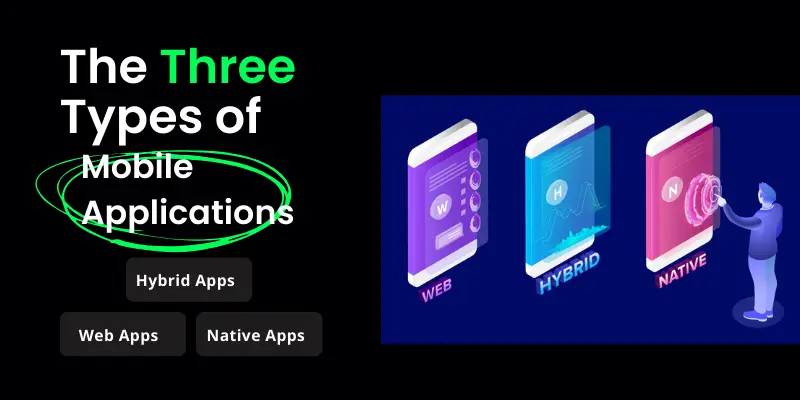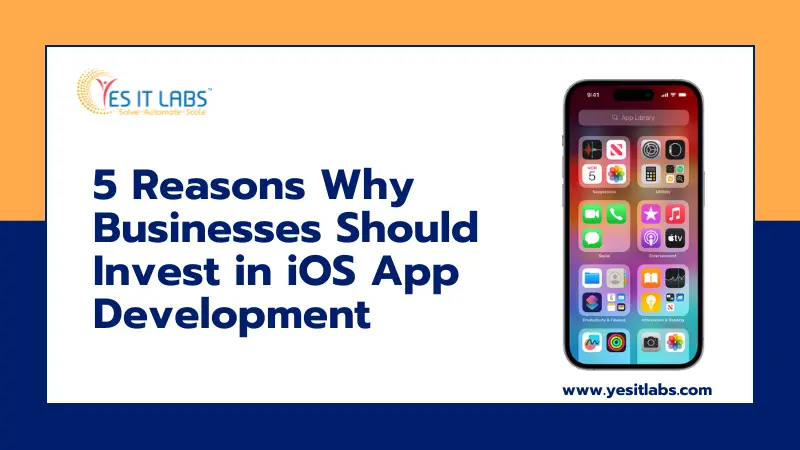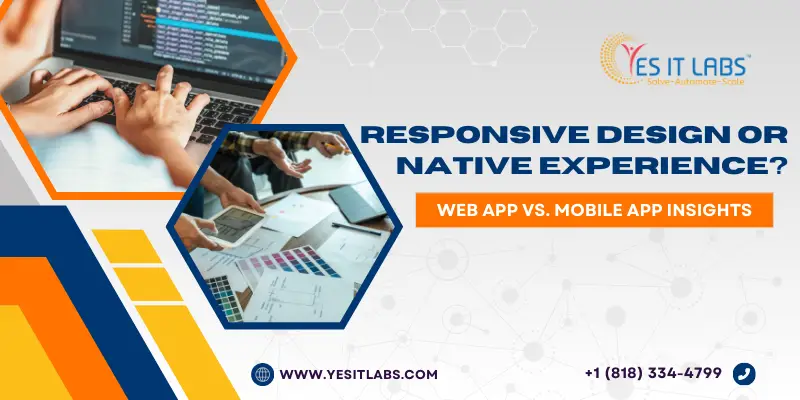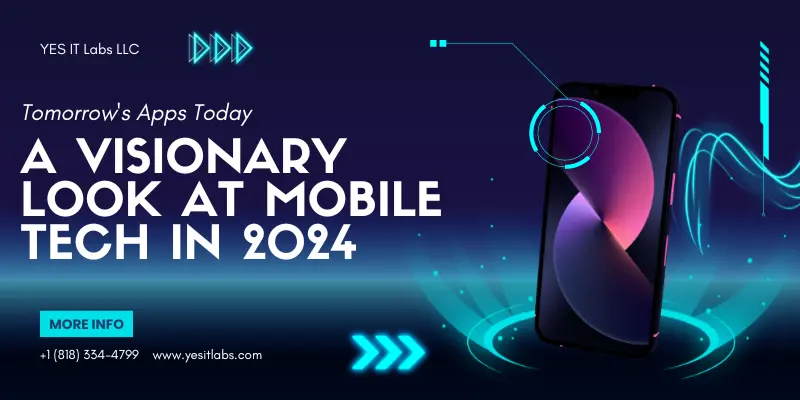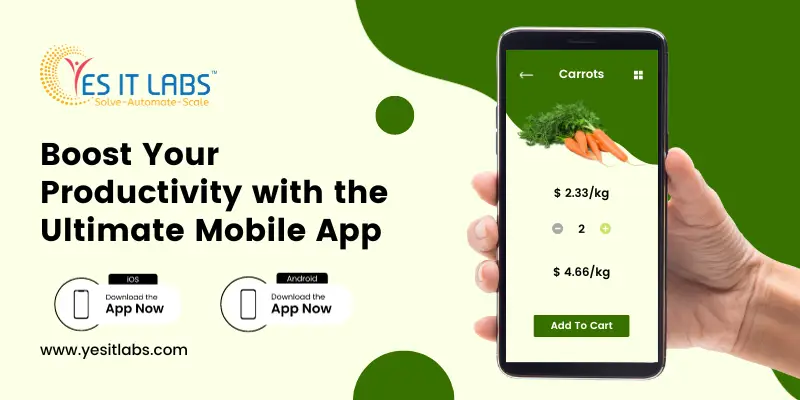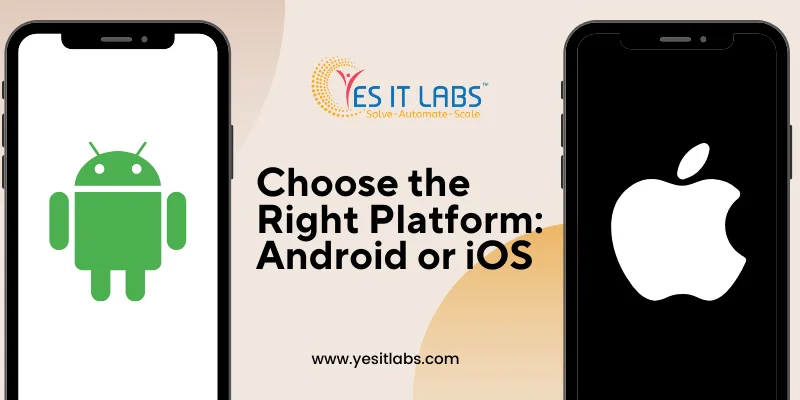

Mobile Application Development: How to Monetize Your App and Generate Revenue
Introduction
Welcome to the dynamic world of mobile application development, where innovative ideas meet technological prowess to create user-friendly, engaging, and valuable applications. If you’re a mobile app developer or an entrepreneur venturing into the app market, you’ve probably asked yourself, “How do I monetize my mobile app?” Fear not! In this blog, we’ll explore the various strategies to generate revenue from your app and shed light on the intricacies of mobile application development.
Understanding Mobile Application Development
Before we dive into the strategies for monetization, let’s briefly understand what mobile application development entails. Mobile application development is the process of creating software applications specifically designed for mobile devices, such as smartphones and tablets. Skilled developers use programming languages like Java, Swift, or Kotlin to craft applications that cater to the diverse needs and preferences of users.
The Three Types of Mobile Applications
To grasp the landscape of mobile app development, it’s essential to be familiar with the three primary types of mobile applications:
- Native Apps: These are platform-specific applications developed for a particular operating system, such as iOS or Android. Native apps are known for their superior performance and seamless integration with the device’s features.
- Web Apps: Web applications are accessible through web browsers and don’t require installation. While they may not offer the same level of functionality as native apps, they are convenient for users who prefer not to clutter their devices with multiple installations.
- Hybrid Apps: Combining elements of both native and web apps, hybrid apps are developed using web technologies but packaged as native apps. They offer a balance between performance and cross-platform compatibility.
Now that we have a basic understanding of mobile application development, let’s explore the key question:
How Do I Monetize My Mobile App?
- In-App Advertising: In-app advertising involves displaying ads within your application. You can opt for various ad formats, such as banner ads, interstitial ads, or native ads. Collaborate with advertising networks or directly with advertisers to maximize revenue.
- Freemium Model: The freemium model offers a free version of your app with basic features, enticing users to upgrade to a premium version for enhanced functionalities. This strategy allows you to reach a broader audience while generating revenue from users willing to pay for additional features.
- In-App Purchases: Integrate in-app purchases for virtual goods, premium content, or additional features. This model is popular in gaming apps, where users can buy virtual currencies, items, or levels to enhance their gaming experience.
- Subscription Model: Implement a subscription-based monetization strategy, where users pay a recurring fee for access to premium content or services. This model is prevalent in streaming apps, news platforms, and productivity tools.
- Affiliate Marketing: Collaborate with relevant businesses and incorporate affiliate marketing within your app. Earn commissions for every user who makes a purchase through the affiliate links within your application.
- Sponsorship and Partnerships: Explore sponsorship opportunities and partnerships with other businesses. Feature sponsored content or collaborate with brands that align with your app’s target audience.
Mobile Application Development and Revenue Generation: A Symbiotic Relationship
Successful mobile application development goes beyond the technical aspects of coding and design. It hinges on the ability to comprehend user preferences, market trends, and the unique value proposition that sets your app apart. To maximize revenue generation, developers must carefully select a monetization strategy that aligns with the app’s nature and user base. Common strategies include in-app purchases, subscription models, and ad-based revenue. In-app purchases allow users to buy additional features or content within the app, enticing them with enhanced functionalities. Subscription models, on the other hand, provide a steady income stream by offering premium services on a recurring basis. Ad-based revenue relies on displaying advertisements within the app, with developers earning revenue based on user interactions. Striking the right balance between user experience and revenue generation is key to fostering a symbiotic relationship that ensures long-term success in the competitive mobile app market.
Conclusion
In the ever-evolving landscape of mobile application development, monetizing your app requires a strategic approach. Whether you choose in-app advertising, freemium models, in-app purchases, subscriptions, affiliate marketing, or partnerships, the key is to provide value to your users. As you embark on this journey, remember that success in the app market is not only about creating a great app but also about implementing effective monetization strategies that align with your users’ preferences.
By staying informed about the latest trends in mobile application development and adapting your monetization strategy accordingly, you can create a win-win situation where your users enjoy a valuable app, and you generate revenue for your efforts. Cheers to the exciting world of mobile app development and the endless possibilities it brings!
Tags: mobile app, mobile app development, mobile app development company in usa, mobile application development, Mobile Applications
